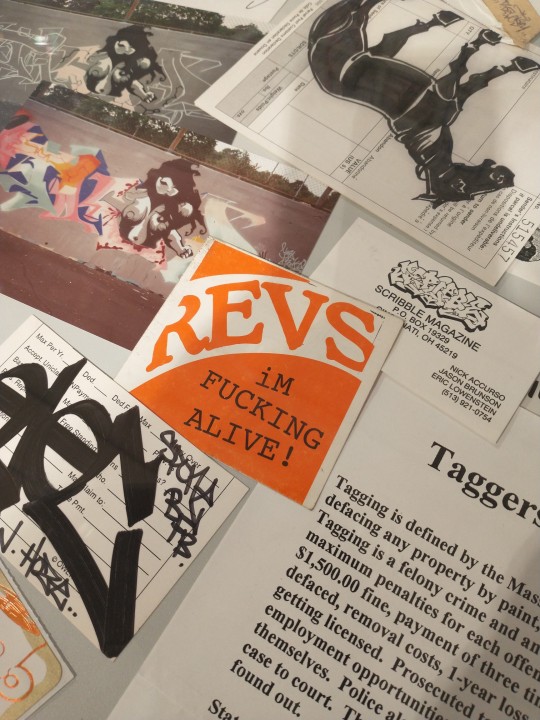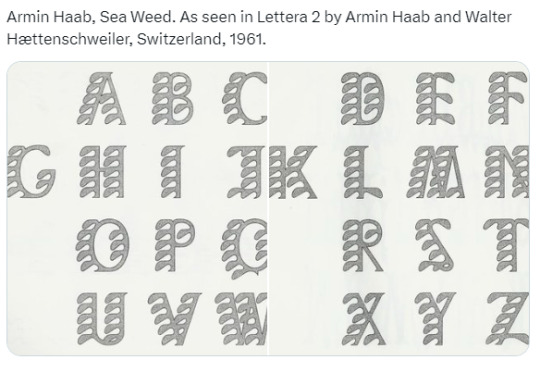#letterform archive
Text

Othmar Motter (Vorarlberger Grafik), Motter Ombra, 1972, Distributed by Berthold Fototypes (as film type) and Letraset (as dry-transfer type) [Letterform Archive, San Francisco, CA. Fonts In Use]
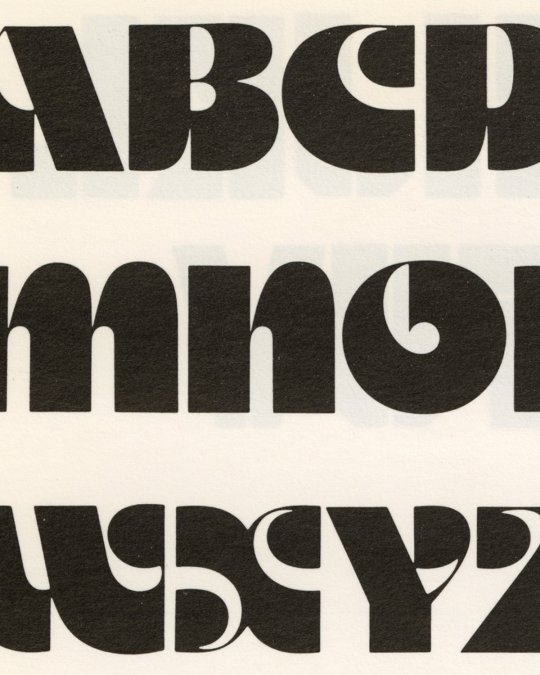
#graphic design#typography#typeface#font#alphabet#othmar motter#berthold fototypes#letraset#letterform archive#fonts in use#1970s
336 notes
·
View notes
Text
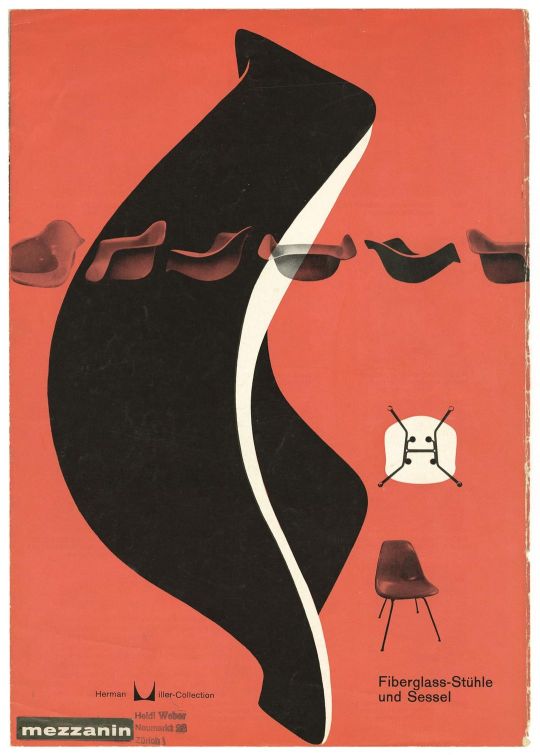
Charles Eames | Herman Miller | Letterform
16 notes
·
View notes
Text

One more for #Caturday: John Alcorn and Lou Dorfsman, vignette from the cover of a CBS booklet on tv programs for children, CBS Broadcast Group, 1973.
[Letterform Archive]
#cats#cats in art#graphic design#illustration#magazine illustration#CBS#20th century#1970s#John Alcorn#Lou Dorfsman#Letterform Archive#mouse#animals in art#Caturday
1 note
·
View note
Text
Good evening, my darlings
Today I tuned into a presentation from Letterform Archive with graphic designer Leah Spencer who worked on prop and set decoration design for The Marvelous Mrs. Maisel.
Aesthetically, it was all very reminiscent of Wes Anderson, so I thought I would send a link along to the video if you enjoy typeface, mid-century art, and graphic design.
You can watch the presentation here.
I know this is technically not Wes Anderson, BUT she did MENTION Wes in the presentation...so it counts!
Have a good night, my darlings.
#not wes anderson#letterform archive#typeface#the marvelous mrs. maisel#leah spencer#graphic design#prop design#set decoration
1 note
·
View note
Text
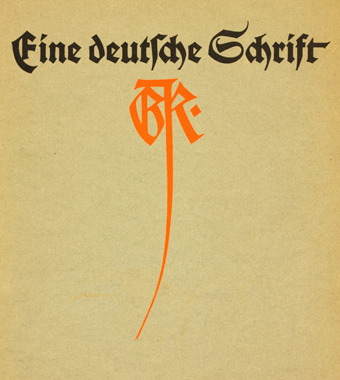
Rudolf Koch Deutsche Schrift (Meggs, 672)
0 notes
Photo

Bring in da’ Noise Bring in da Funk Program, 1996
0 notes
Text
Books On Books Collection - Edmund Fry
Pantographia (1799/2022)
Pantographia, Containing accurate Copies of all the known Alphabets in the World (1799/2022) Edmund Fry Casebound in Italian Fedrigoni Imitlin, sewn book block, black endpapers. H215 x W140 mm. Acquired from Black Letter Press, 1 April 2022. Photos: Books On Books Collection.
For the Enlightenment, everything that existed was meant to be in an encyclopedia. For Dr.…

View On WordPress
#Ben Shahn#Black Letter Press#Claire Jeanine Satin#Edmund Fry#Golnar Adili#Guillaume Postel#Heinrich Cornelius Agrippa#Hunter Dukes#Islam Aly#Jacques Gaffarel#Jan Düsterhöft#Johanna Drucker#Johannes Trithemius#Sam Winston#The Letterform Archive#Tim Brookes
0 notes
Text

Emigre 37, 1996. Rudy VanderLans.
Source
0 notes
Photo

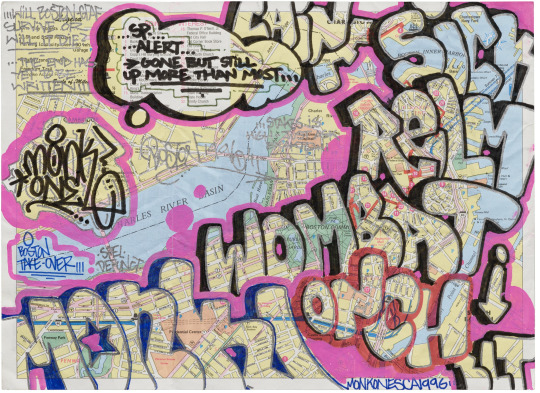

Graffiti Zines of the 1990s. New Exhibition “Subscription to Mischief”, Letterform Archive.
650 notes
·
View notes
Text

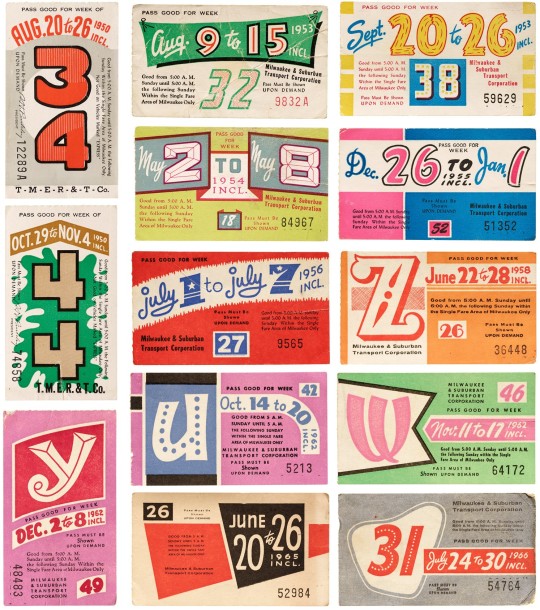
There is a surprising amount of graphic joy in these Milwaukee transit passes from the 1940s-60s. They were featured in the last issue of ghostsign guru Sam Roberts' excellent BLAG magazine and can be examined in more detail at the Letterform Archive.
84 notes
·
View notes
Text
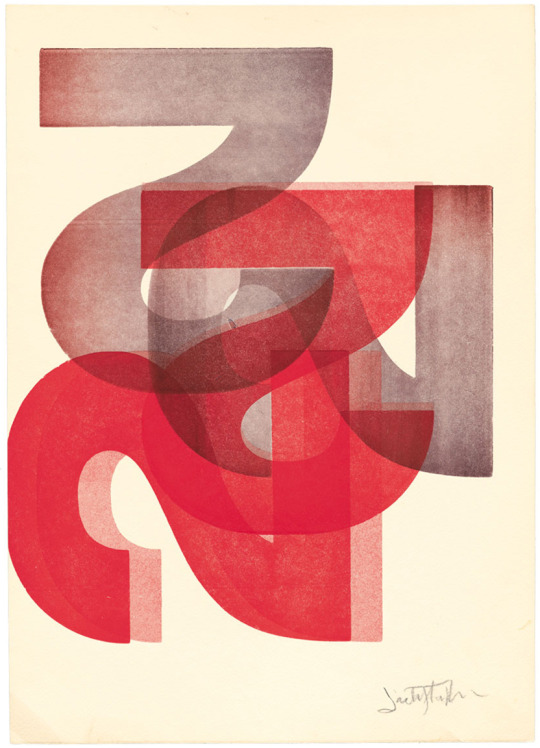
Jack Stauffacher, Untitled (Red 2 Series, within the series On & Off Inking), after 1990 [Letterform Archive, San Francisco, CA. © Estate of Jack Stauffacher]
Exhibition: Typographic Jazz: The Monoprints of Jack Stauffacher, Curated by Rob Saunders, Letterform Archive, San Francisco, CA, January 27 – May 26, 2024
240 notes
·
View notes
Text

Citroën AZU | Letterform
31 notes
·
View notes
Text

W. A. Dwiggins A Life in Design
Via Letterform Archive
93 notes
·
View notes
Text
For centuries, scholars’ understanding of sub-Saharan Africa derived from the written records of European colonialists, who gave the impression that sub-Saharan Africans had no native written languages of their own. In fact, says Fallou Ngom, who grew up in Senegal, people in sub-Saharan Africa have used a written system derived from Arabic to record the details of their daily lives since at least the 10th century.
That script, Ajami, is still flourishing; people throughout Africa use it to write phonetic renderings of about a dozen languages, including Swahili, Wolof, and Hausa. But because texts written in Ajami are often passed down through families where they can be lost over generations, many are inaccessible to scholars, few of whom can read the script anyway. Those who know about Ajami texts often dismiss them as mundane, with little scholarly value. Ngom, director of Boston University’s African Studies Center, disagrees. He is digitizing more than 18,000 of these indigenous texts—including those in Ajami, Arabic, and Ajami-Arabic—and making them widely available to offer scholars new insight into African history, literature, culture, medicine, and everyday life.
The BU College of Arts & Sciences professor of anthropology partnered with the West African Research Center in Dakar, Senegal, on a 15-month project funded by the British Library’s Endangered Archives Programme. Ngom gained access to the documents through an elder in the Casamance region of Senegal who helped him compile a list of locals with Ajami manuscripts. The elder made introductions and facilitated approvals for the research team.
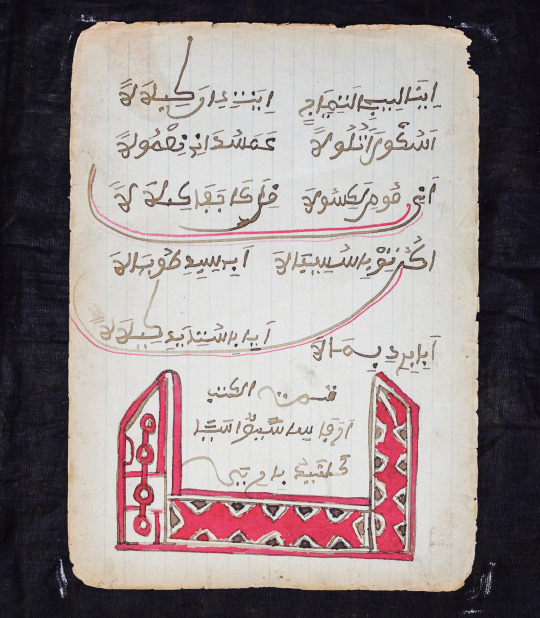
[ID: a page of Ajami handwritten text above a large red and black geometric decoration. The text, which is written with full diacritics, looks like classical Arabic script with several extra or different letterforms and diacritics. End ID]
“It’s human knowledge,” Ngom says. “It’s everything. And it’s a grassroots tradition. They’re handwriting these materials, making copies, and sharing them in the community. In many cases, this is the only form of literacy they have. So that’s what they use to document their lives.” The texts reveal “the interests of these people, their preoccupations.”
These everyday interests and writings expand scholars’ comprehension of the region’s people beyond the history and traditions emphasized in postcolonial literature, which Ngom says gave “the false impression that only oral traditions exist in sub-Saharan Africa.” In Senegal, the official language is French, in which only half of the population is literate; French literacy is restricted to a minority educated group in urban areas. The absence of Ajami in the history of sub-Saharan Africa “makes invisible centuries-old traditions of producing knowledge.”
Lara Ehrlich, "Digitizing Ajami, a Centuries-Old African Script." The Brink. 2020.
#I think the 'this is the only form of literacy they have' comment is potentially quite silly. but#also it should be stressed that 'Ajami' is a collective term for several different traditions in Africa#of writing local languages in Arabic-derived scripts#Ajami#Africa#linguistics#sociolinguistics#Arabic script
63 notes
·
View notes
